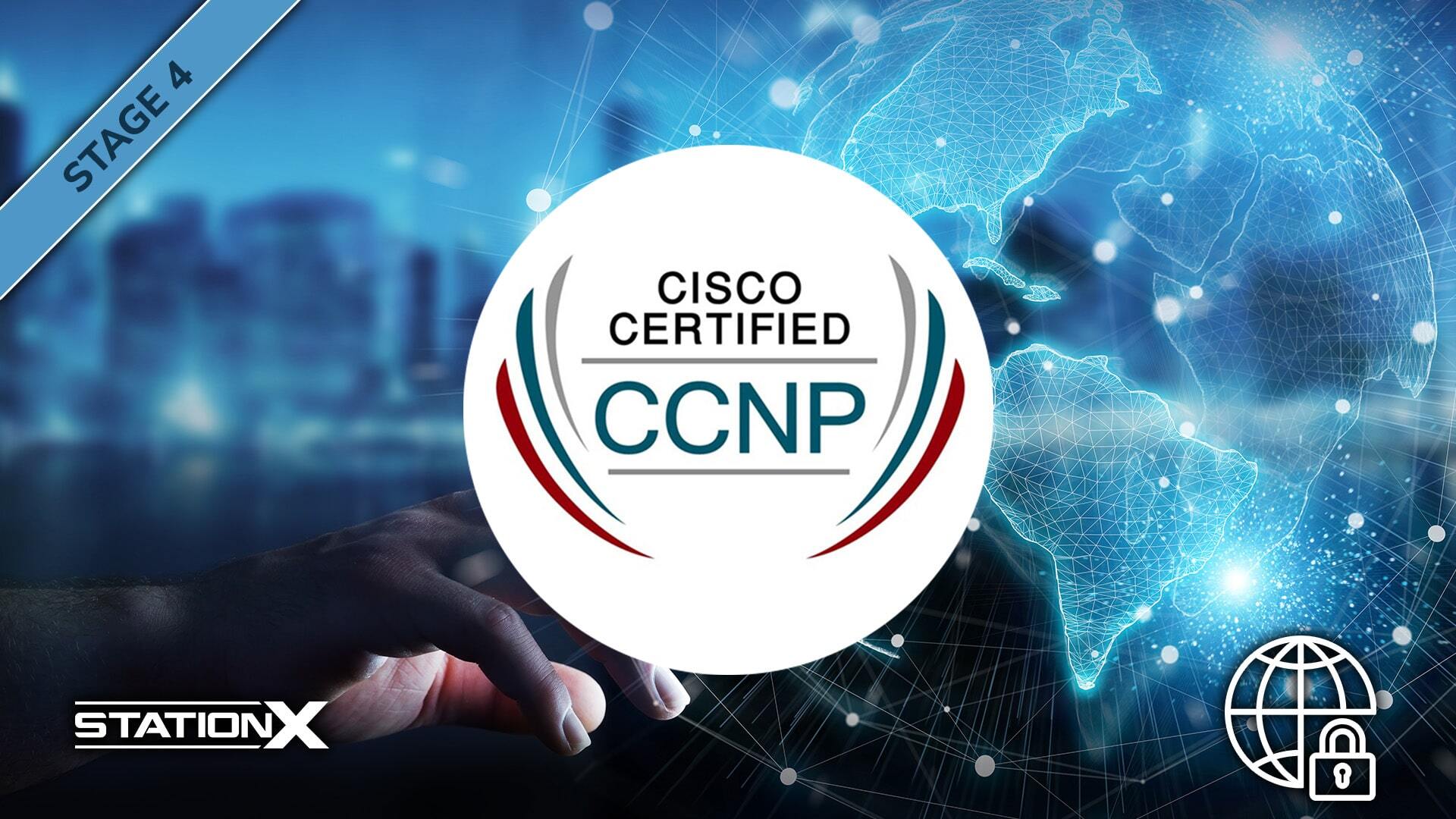What Is Network Switching? Learn Network Engineer Skills
Learn the switching skills every network engineer needs. This hands-on course explains the switching process, data link layer, MAC address tables, and Layer 2/Layer 3 protocols so you can confidently manage switches, optimize network performance, and design robust network infrastructure.

What You’ll Learn
“What Is Network Switching? Learn Network Engineer Skills” will teach you:
- Network switching:
Understand what is network switching and how it works. - MAC address table:
Use MAC tables to forward data to the destination device. - Spanning Tree Protocol:
Avoid loops and manage switch port behavior. - Layer 3 switching:
Configure routing with local area networks and data centers.
- Switch port security:
Protect user devices and access points. - EtherChannel:
Aggregate ethernet ports for better bandwidth. - Spine & Leaf topology:
Build scalable network infrastructure with enterprise switches. - VTP and VLANs:
Simplify switch management across complex networks.
Included in the What Is Network Switching
Suitable for the Following Careers
Course Content
Introduction to Switching for Network Engineers
Switching Services
Spanning-Tree Protocols
VTP, VLAN and Switch Management
Layer 3 Switching
Troubleshooting Switches
Switch Management
Audio Version of Training
OPEN FULL CURRICULUM
Requirements
Description of What Is Network Switching? Learn Network Engineer Skills
This lab-based switching course walks you through the real-world configuration of Layer 2 and Layer 3 switches. You’ll start with foundational concepts—MAC addresses, forwarding decisions, and how unmanaged switches differ from managed switches. Then you'll build switching topologies and configure switch ports, VLANs, EtherChannel, and the STP election process.
You’ll work with data center switches, simulate enterprise networks, and explore Spine & Leaf architectures using OSPF and eBGP. Troubleshooting commands like err-disable, port mirroring, and SPAN will help you monitor traffic and ensure network security. From device MAC addresses to local devices on the same switch, you’ll practice with the tools that real network administrators use.
- Forward data packets using destination MAC addresses
- Configure managed switches through CLI and web interfaces
- Secure switch ports and prevent unauthorized access
- Build reliable local networks with VLANs and access control
- Monitor network traffic using SPAN and port mirroring
- Use scripting languages for repetitive tasks in switch management
- Practice hands-on with cloud networking and IoT devices
By the end of the course, you'll be ready to deploy and troubleshoot complex switching scenarios in both local and enterprise environments. You'll confidently manage switch ports, configure VLANs, and optimize traffic paths—skills that many organizations now expect alongside familiarity with the OSI model, scripting languages, and integrating specific devices or other networked systems, even as automation and machine learning shape the future of switching.
Who Is This Course For
Ideal for aspiring or current network professionals who want to understand switching in depth, improve communication skills, and configure network components in real-world scenarios. Perfect for those preparing for certification or advancing in a network infrastructure role.
Course Instructor
Lazaro Diaz is a network engineer with extensive experience in the field and teaching. He holds certifications including CCNA, CCNA Security, CCNA Voice, CCNP, Security+, Network+, A+, MCP, MCTS, and MOS, and has passed the first CCIE exam. Lazaro has taught at institutions like Palm Beach Community College and New Horizons and provided private consulting.
Known for his unconventional and engaging teaching style, Lazaro has taught over 100,000 students worldwide through e-learning platforms and corporate training. His clients include MetroPCS (now T-Mobile), The Florida Marlins, and The Assurant Group.
Lazaro also teaches applications like Word, Excel, PowerPoint, and Access, including MOS certification. He focuses on simplifying complex topics and preparing students for certification exams and real-world job interviews. His interactive and dynamic classes make learning fun and practical, ensuring students are well-prepared for the job market.
Read More
Read Less
Testimonials

Sergei O.
This switching course gave me the confidence to configure managed switches and troubleshoot complex networks. I finally understand how data packets move between devices connected on a single switch and how to use the MAC address table for efficient data transmission. The labs on VLANs, switch port security, and enterprise switches were incredibly useful.

Thomas D.
Great hands-on training that clarified what is network switching and how the data link layer works. The focus on MAC addresses, port mirroring, and forwarding logic really helped me monitor traffic across multiple devices. I also appreciated the real-world examples of managing ethernet ports, access control, and communication between wireless access points and user devices.

Aisha R.
This course broke down the switching process and helped me understand how to forward data efficiently to the destination device. I practiced configuring Spine & Leaf topologies, using access points, and implementing security on network equipment. It’s ideal for anyone managing network components in large-scale environments or learning how to work with cloud networking setups.
Show More
Show Less
 Lazaro Diaz
Lazaro Diaz


